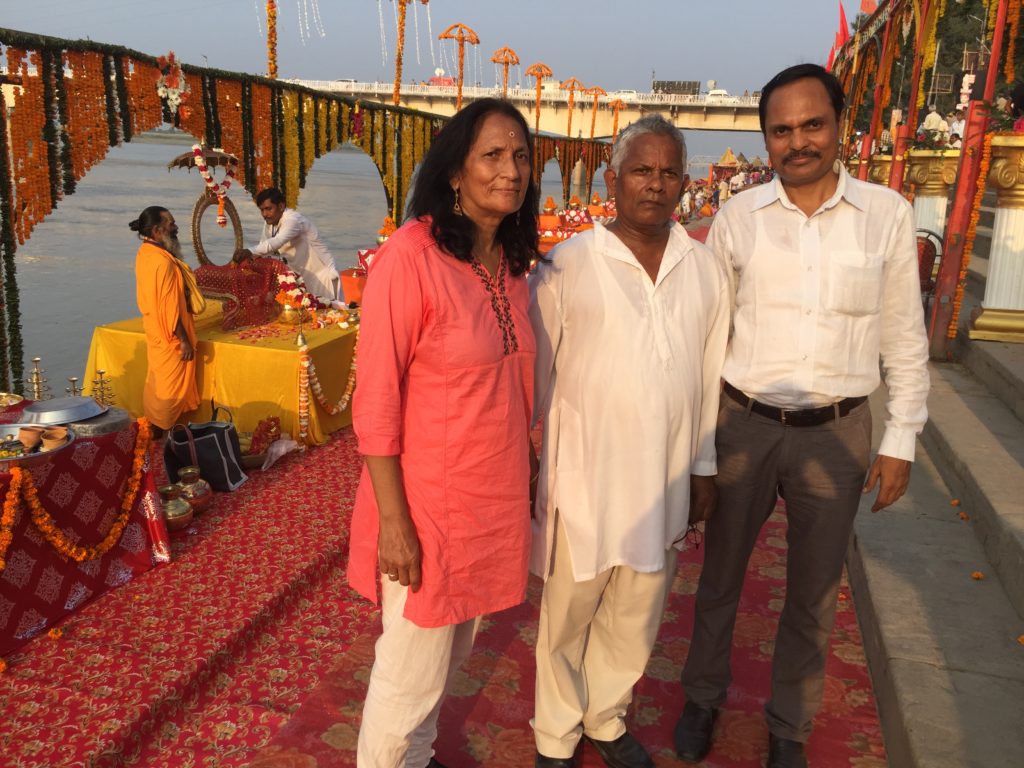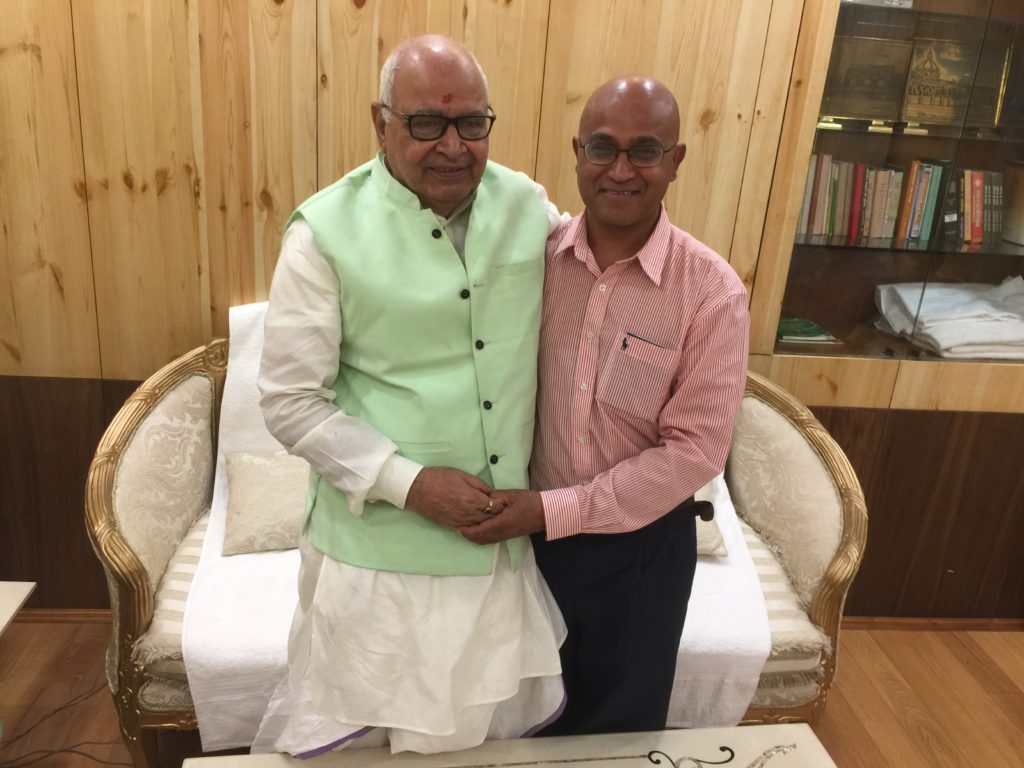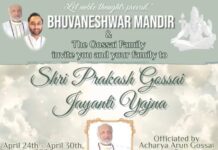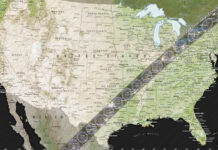By Dr Vishnu Bisram
Diwali is one of the most important and major festivals of Hindus and is celebrated throughout India and places where large numbers of Hindus are found including the UK, Ireland, Australia, New Zealand, Holland, US, and Canada.
It is celebrated similarly everywhere with minor differences in traditions and custioms. All over India, people made very elaborate and colourful rangolis (designs made from powder) at the entrance of their home and on the spot where they conducted pooja.
I celebrated pre-Diwali (Chota Diwali) on the banks of the holy Sirju River in Ayodhya (where Lord Rama ruled) and visiting ancestral relatives in several other locations in Uttar Pradesh state from where most indentured laborers came to the Caribbean and other parts of the globe. Last year, I celebrated Diwali in Jaipur , Rajasthan state – each city or region has its own unique celebration (and with its own distinct type of foods and sweets with people well attired in traditional clothing – but deyas and electronic lights are common to all. It was indeed a grand festival throughout India during the Diwali period (five days) with buildings, streets, vehicles, and temples brilliantly illuminated with electronic lights. Diwali was celebrated with fervor, gaiety and utmost joy in the many parts of the country I visited in northern India and in Mumbai (home of the famous Bollywood).
Ayodhya is the place where Shri Ram was born and from where he was exiled (sent into Banbas for 14 years). Lord Ram is widely regarded as the reincarnation of Lord Vishnu. Diwali is also celebrated to honour the Goddess Lakshmi, the deity of wealth and prosperity and consort of Lord Vishnu. It is believed that the Goddess Lakshmi blesses those homes that are clean and well lit on that day, and as such the reason for remodeling the home and lighting lamps. On Diwali, people illuminate their houses with coloured lights and earthen lamps.

Ayodhya is in Uttar Pradesh from where most Indo-Caribbeans traced their roots. Lord Rama made a grand return to the holy city after exile that came to be known as Diwali – when the citizens of Ayodhya lit deyas to welcome his return (as the new king with his brother Bharat giving up the throne). Diwali is the largest celebration in India and is a national holiday. Diwali was celebrated on Thursday in India and countries in the Eastern hemisphere. It was celebrated on Wednesday in the Western hemisphere with some Hindus observing Diwali on both days. Diwali is a national holiday in a dozen countries.
In Ayodha, there was a massive pre-Diwali celebration on Wednesday organized with the assistance of the Vice Chancellor, Manoj Dixit, of Avadh University. The Chief Minister (CM) Yogi Adityanath and Governor Ram Naik were the Chief guests at the Diwali celebrations. The CM is the elected head and the Governor is the constitutional head of the state. The Ayodhya celebration was called the grand “Deepotsav”. It was the biggest Diwali celebration ever in the town. Along with Adityanath, his cabinet was present for the historic celebrations welcoming guests from far and wide. I was fortunate to receive a VIP invitation from the organizers with an upfront view of the state where aarti was performed.
It was a magnificent spectacle in the evening with some 200,000 lit deyas and millions of colorful electronic lights (every color imaginable) on the banks of the river. The various earthen deyas and the electric lights lit up the night sky that could be seen from miles away.
Before the evening came alive with beautiful lights, there was a parade of skits (on floats) recreating scenes from the Ramayana. Actors depicting Lord Rama, Goddess Sita and Prince Lutchman landed on a helicopter and walked the procession route. They were welcomed by the CM and the Governor. Chants of “Jai Shri Ram” echoed for hours on the banks of the river.
The CM Yogi Adityanath performed aarti on the banks of Saryu River.
Events from the Ramayan were also displayed during a laser show. International artistes performed the Ram Leela at the Ram Katha Park, a two miles stretch of an open seating at the bank of the river. The spectators cheered the actors.
Separately, the auspicious period of Diwali was celebrated all over the state and country in a similar fashion as I observed moving around for hundreds of miles in a hired taxi. As in the Caribbean and USA, as I learn, people clean, renovated and decorated their homes to celebrate the festival. Women and young girls made rangoli and creative patterns with colours.
It is a period when families reunite and exchange gifts and sweets with each other. People gifted sweets and other gifts (including jewelry, murtis, clothing, etc.) to their loved ones and neighbours. People also buy new clothes for the Laxmi Puja ritual performed on the day of Diwali. Oil lamps were lit and crackers were burst to celebrate the festive season. As in the Caribbean or New York, lit deyas were seen in front of homes and businesses two nights before Diwali as well as on Diwali evening. People celebrated with fervor and euphoria and filling their stomachs with traditional vege meals and sweets. Sparkle flares were also set off during the night.
It was a most inspiring and spectacular festival.



















